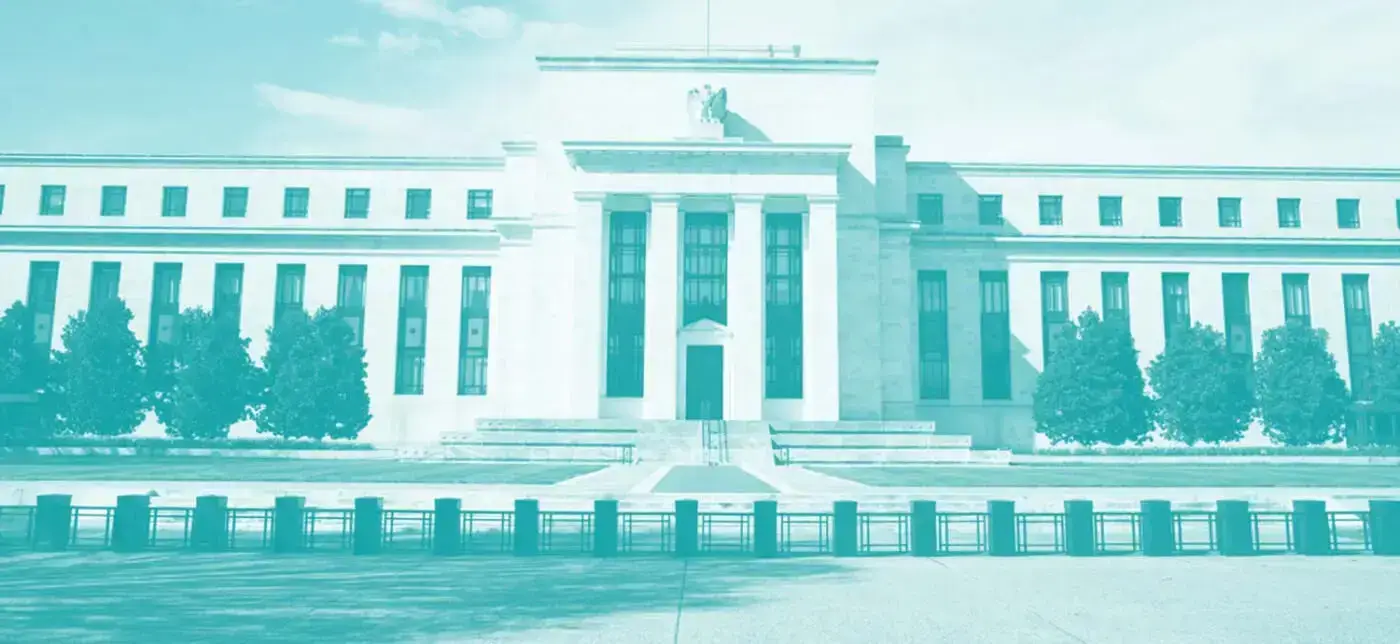Keep pace with the rapidly evolving fintech industry by subscribing to the BIGcast Network. Get weekly insights from industry leaders John Best and Glen Sarvady, delivered straight to your preferred podcast platform. Join our community and stay informed about the latest trends shaping the credit union industry. Subscribe today and ensure you’re always ahead of the curve.

Seven Key Takeaways from the Fed’s New Interchange/Fraud Report
The Federal Reserve is hardly one to court controversy. Given the polarized history plaguing interchange, not to mention persistent rumors of back-office plotting to revisit the Durbin Amendment, it’s nearly impossible to stay above the fray- even with a “just the facts, ma’am” report like the Fed recently released.
Issued in May, the Fed’s detailed recap of interchange fee revenue and fraud losses is based on seventeen-month-old data that predates the pandemic’s disruptions. Still, it’s easily the most authoritative data available on the topic and includes a wealth of valuable nuggets- confirming some commonly held beliefs while unearthing a few less apparent ones.
Bearing in mind that the info covers debit only (credit cards are a different animal) and does not reflect the impact of lockdowns, here are some of my takeaways:
- Although Card Not Present (CNP) transactions are growing at FOUR times the rate of Card Present, they still comprised less than a quarter of debit volume. Ticket sizes for CNP transactions are twice as high, as well. It’s highly likely that CNP growth has been even stronger since the pandemic (According to PSCU’s Payments Index, based on a different data set, CNP is now hovering around 30% after reaching 35% mid-pandemic).
- Dual-message debit transactions- often referred to as “signature”- still account for roughly two-thirds of debit activity, in terms of both transaction count and value. Single-message (typically PIN) activity grew faster from 2009-14, but dual-message has been the growth leader from 2017-19 – and seems poised to continue that trend given the explosion of e-commerce activity.
- The fraud story is particularly interesting. The fraud rate for single-message (PIN) transactions actually declined from 2017-19, presumably due to the wider penetration of harder to counterfeit chip cards. However, fraudsters responded in their usual slippery fashion, pivoting to more vulnerable attack vectors. As a result CNP and dual-message fraud shot up, and the fraud rate overall ticked upward. Across all categories (including prepaid, which suffers the highest rates) fraud losses consumed $12.40 of every $10,000 in debit purchases in 2019- up nearly 60% from $7.80 in 2011.
- Merchants absorb a growing share of these losses- now 56%- thanks in part to the “liability shift” that accompanied the EMV rollout. Card issuers take the hit on 35% of losses; these percentages have essentially flipped since 2011. The remaining share is borne by cardholders; while a small slice of the pie, it has nearly doubled since 2011 (from 6.5% to 10.4%). Interestingly, the change can be almost entirely attributed to large issuers, implying that small institutions like credit unions continue to better insulate their members from losses.
- For exempt issuers- institutions with less than $10 billion in assets- dual-message interchange has ticked up slightly since the implementation of Durbin, while single-message interchange declined at a somewhat faster rate. This is the area where advocates on both sides of the debate are spinning furiously- and each can find fodder for their respective arguments in the numbers. Adding to the intrigue, the Fed is currently exploring revisions to the Durbin rule requiring issuers to support multiple dual-message networks (a topic that could easily consume its own blog).
- Network fees (most Visa/Mastercard) are borne roughly two-thirds by acquirers, one-third by issuers, a trend that has gradually shifted toward issuers.
- Finally, the Fed collected authorization, clearing and settlement (ACS) costs for debit card issuers. There seems to be a perception in some corners that issuers bear little more than (relatively low) network costs and fixed internal costs spread across a growing pool of transactions. The Fed’s research, however, documents a significant third party processing component that comprises nearly half of ACS costs for mid-sized issuers and a solid majority for small ones.
You can find the full report at https://www.federalreserve.gov/paymentsystems/files/debitfees_costs_2019.pdf
